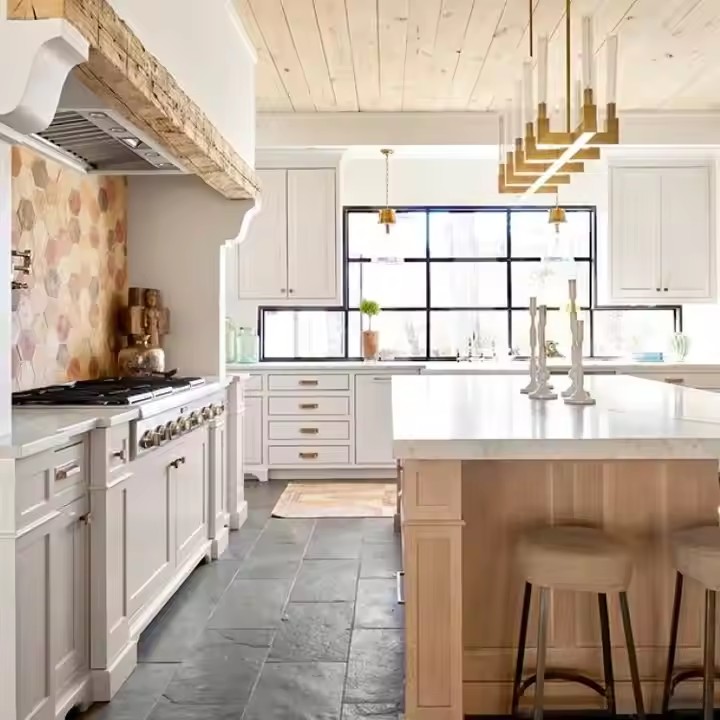Frame Materials
Materials suitable for sunroom construction include aluminum alloy, which is one of the most commonly used materials for sunroom frames. It has many advantages. Firstly, it is lightweight, making construction and installation easier. This means that large lifting equipment is not needed, reducing the complexity of construction. A sunroom, as the name suggests, is designed to be highly transparent and is typically installed outdoors, such as by a swimming pool, garden, or beach. The high transparency of sunrooms requires the use of glass as the primary material, and a lightweight frame is essential, making aluminum alloy a suitable choice. Aluminum alloy has a high adaptability, comes in various colors, and meets different consumer demands. It also has good corrosion resistance, able to withstand environmental factors like rain and humid air. For example, in coastal areas where salt levels in the air are high, aluminum alloy frames remain stable over time and do not rust like some other metal materials.
Aluminum alloy has relatively high strength, capable of withstanding certain wind and snow loads, maintaining its integrity across various climates. In regions with high winds or heavy snowfall, aluminum alloy frames provide solid support for the sunroom. Additionally, aluminum can be extruded into various complex shapes, accommodating different architectural design styles. Whether for European, Chinese, or modern minimalist sunrooms, aluminum alloy can be used for the frames.

1、Thermal Break Aluminum
Another suitable material for sunrooms is thermal break aluminum, which is an improved version of aluminum alloy. Its main feature is excellent thermal insulation properties. The structure uses thermal breaks to separate the interior and exterior frames, effectively preventing heat transfer. In summer, it blocks high outdoor temperatures from entering, reducing the frequency of air conditioning use; in winter, it prevents indoor heat from escaping, contributing to energy savings. Thermal break aluminum retains the strength and corrosion resistance of aluminum alloy, and it can be treated with various surface colors, enhancing its aesthetic appeal and allowing it to coordinate with different building facades. Another advantage of thermal break aluminum is its ability to effectively isolate noise, creating a quiet indoor environment conducive to focus.

2、Steel Structure
Steel structures have very high strength, making them suitable for large sunrooms or situations that require exceptional structural integrity. For example, in designs with larger spans, steel structures provide reliable support, ensuring the sunroom’s stability. Their versatility allows them to be welded into various frame shapes to meet diverse architectural design needs. However, steel is prone to rust and requires good anti-corrosion treatment, such as hot-dip galvanizing or painting. Additionally, steel structures are relatively heavy, necessitating consideration of the foundation’s load-bearing capacity during installation. Their strong plasticity makes them suitable for any sunroom installation, regardless of size. Large areas benefit from the strong load-bearing capacity of steel structures, allowing for the installation of extensive glass panels without concern.

Covering Materials
For the roof of a sunroom, tempered glass is commonly used. Tempered glass has much higher strength than ordinary glass and boasts strong impact resistance. For example, when small objects accidentally strike the sunroom, such as falling branches, tempered glass is less likely to shatter. You no longer have to worry about pets damaging the glass in your sunroom. Even if it does break, it shatters into blunt, small pieces that are relatively safe, unlike ordinary glass, which can create sharp shards that could cause serious injury. Tempered glass also has high light transmittance, allowing a large amount of natural light to enter, making the sunroom bright and visually appealing. You can not only relax in the sunroom but also gather with friends and family. Additionally, coatings can be applied to improve thermal insulation and UV protection, such as Low-E coatings, which can reflect some heat and lower the temperature inside the sunroom. No matter what activities you engage in, the temperature in the sunroom will remain comfortable and pleasant.

1、Laminated Glass
What other materials can be used for sunrooms? Laminated glass is another option. Laminated glass consists of multiple layers of glass sandwiched with PVB (polyvinyl butyral) film, among other materials. This structure provides excellent sound insulation, effectively blocking external noise from entering the sunroom and creating a quiet environment indoors. It also has great safety features; if the glass breaks, the interlayer keeps the shards together, preventing them from falling and causing injury. Laminated glass can also be used in combination with tempered glass to leverage both materials’ strengths, such as using laminated tempered glass for the roof, ensuring safety while maintaining good light transmittance. Laminated glass offers excellent sound insulation; if your new office is located by a busy road, using laminated glass will significantly reduce noise, allowing you to concentrate better on your work.


